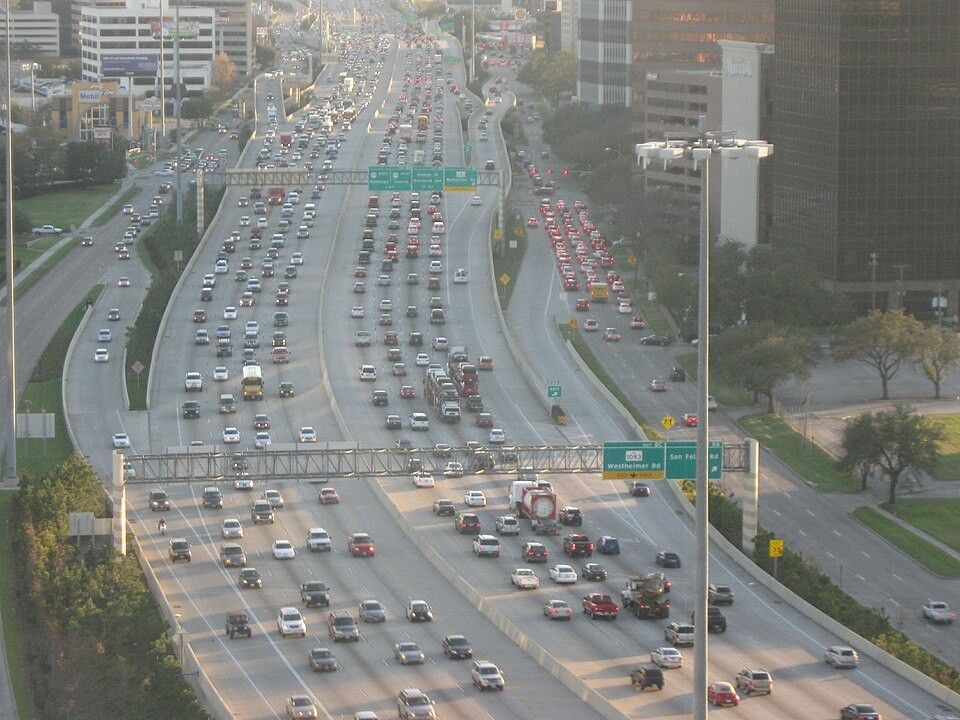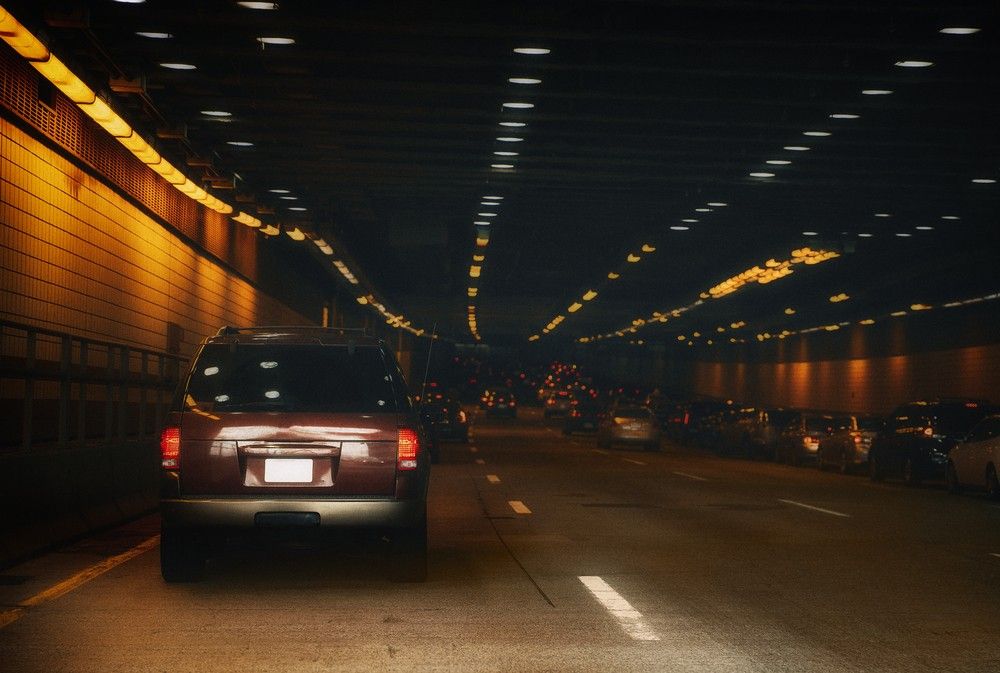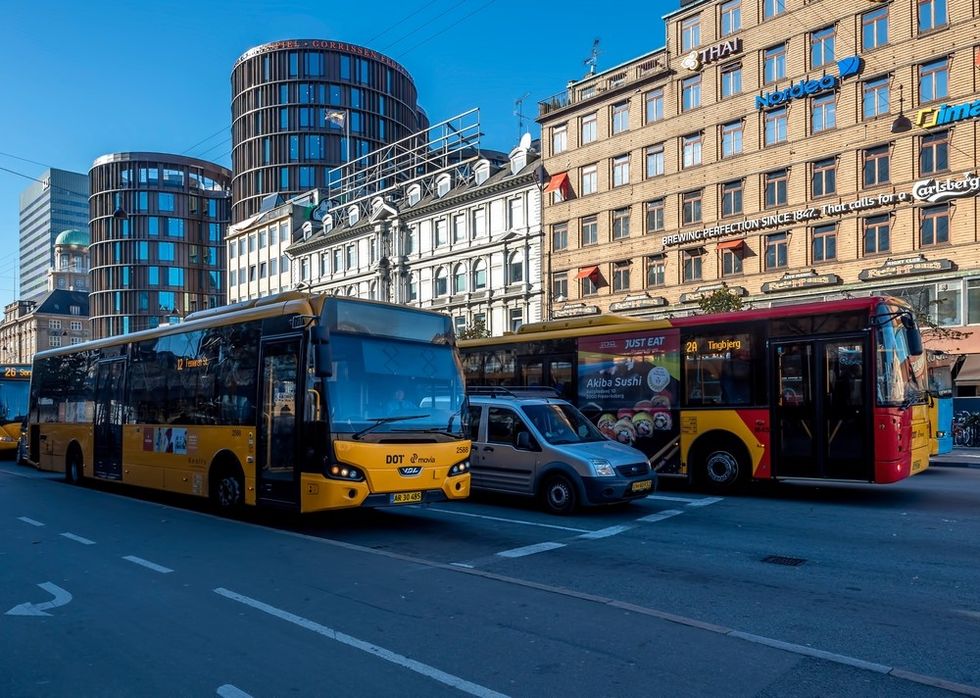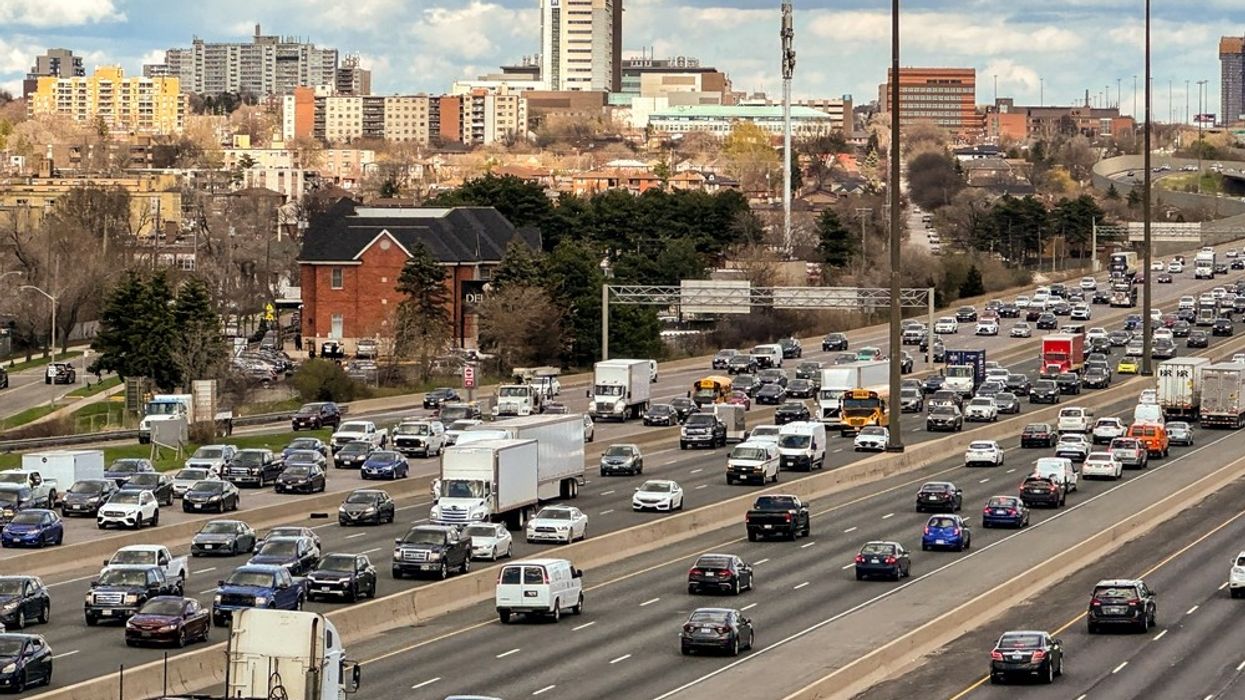Premier Doug Ford's proposal to build a 55 km-long underground highway tunnel raises serious concerns about the future of transportation and urban planning in Ontario. While large-scale infrastructure projects can seem like bold moves, this approach is based on outdated models that prioritize cars over sustainable urban growth. Investing in highways is not the solution to our current urban and environmental challenges. However, an aggressive investment in transit, is.
Induced Demand: Building More Roads Just Adds More Cars

One of the core arguments against expanding highways is the concept of induced demand. This phenomenon, backed by decades of research, shows that when new roads or highways are built, traffic congestion doesn’t disappear; instead, it gets worse. More road capacity leads to more cars on the road. As transportation planners have observed, "if you build it, they will come." By making it easier to drive, you actually encourage more people to rely on cars rather than public transit or active transportation.
Take Houston, Texas for example, and how the city's decision to build more highways led to a vicious cycle of congestion and expansion. The city has several ring roads, including the I-610 loop and the Beltway 8, with yet another outer loop, the Grand Parkway, under construction. Each time a new ring road was built, it quickly became congested due to induced demand, forcing the city to build more and more roads. Instead of solving traffic problems, these expansions only attracted more cars, spreading development further out and reinforcing car dependency. This pattern demonstrates that building more highways doesn't relieve congestion; it exacerbates it.
Boston’s Big Dig

Ford’s tunnel proposal bears a resemblance to the Big Dig in Boston, one of the most infamous infrastructure projects in North American history. The Big Dig was an ambitious project designed to reduce congestion by moving an existing highway underground. What was supposed to be a $2.8 billion project ballooned into a much higher number, with significant delays and cost overruns. While the Big Dig improved the aesthetic quality of downtown Boston, it did little to address the core problem of car dependency.
Despite all the resources funnelled into the Big Dig, traffic in Boston remains a challenge. More roads and tunnels did not lead to less congestion but simply shifted the problem underground. Boston could have invested more in public transit, bike lanes, and pedestrian infrastructure to create a more sustainable urban environment.
“I was Chief Planner in Boston during the Big Dig. The length of the tunnel portion was 5.5 km, one tenth of the 55 km proposal to tunnel under the 401. Over 20 years ago it ended up costing over $11 billion US dollars, paid for largely by the Federal Government. Its purpose was not to ‘double’ the capacity of highway but to replace the elevated Central Artery with the Rose Kennedy Greenway. It is hard to imagine a more ill-conceived, unrealistic and harmful idea than this proposal in terms of cost, environmental impact, risk, disruption, and being out-of-sync with the goals for a more sustainable future that all major cities around the world are pursuing .” says Ken Greenberg, Urban Designer & Principal of Greenberg Consultants.
There Is One Bold Investment Premier Ford Should Announce, And That Is Transit

Highway expansions come at the expense of other more sustainable transportation investments. In Ontario, this underground tunnel project would likely absorb significant public funds that could be better spent on public transit, affordable housing, or creating walkable, mixed-use neighbourhoods. This is particularly critical when we consider that nearly half of Ontario's greenhouse gas emissions come from transportation. Reducing car reliance is one of the most effective ways to combat climate change, and expanding highways works directly against this goal.
Rather than building more roads, Ontario should focus on public transit and transit-oriented development (TOD). This means creating dense, mixed-use neighbourhoods around public transit hubs, where people can live, work, and shop without needing a car. TOD reduces traffic, lowers emissions, and creates more vibrant communities. Cities that invest in public transit and pedestrian infrastructure, like Copenhagen or Zurich, have shown that it’s possible to reduce car dependency while still accommodating growth.
Investing in highways simply delays the inevitable shift toward sustainable transportation. It locks future generations into car-dependent cities, limits housing affordability by spreading development too thin, and further deteriorates the environment.
The Business Case For Transit
Aggressive investment in public transit is crucial for addressing urban challenges such as traffic congestion, environmental degradation, and social inequity. Research indicates that every $1 invested in public transit generates approximately $4 in economic returns, significantly alleviating road congestion by reducing the number of cars on the road. Additionally, public transit usage can lower individual carbon footprints by 45% compared to driving alone, contributing to improved air quality and public health. Moreover, transit investments create jobs — approximately 50,000 per $1 billion spent — and foster economic development through transit-oriented development, which attracts businesses and residents to accessible areas.





















